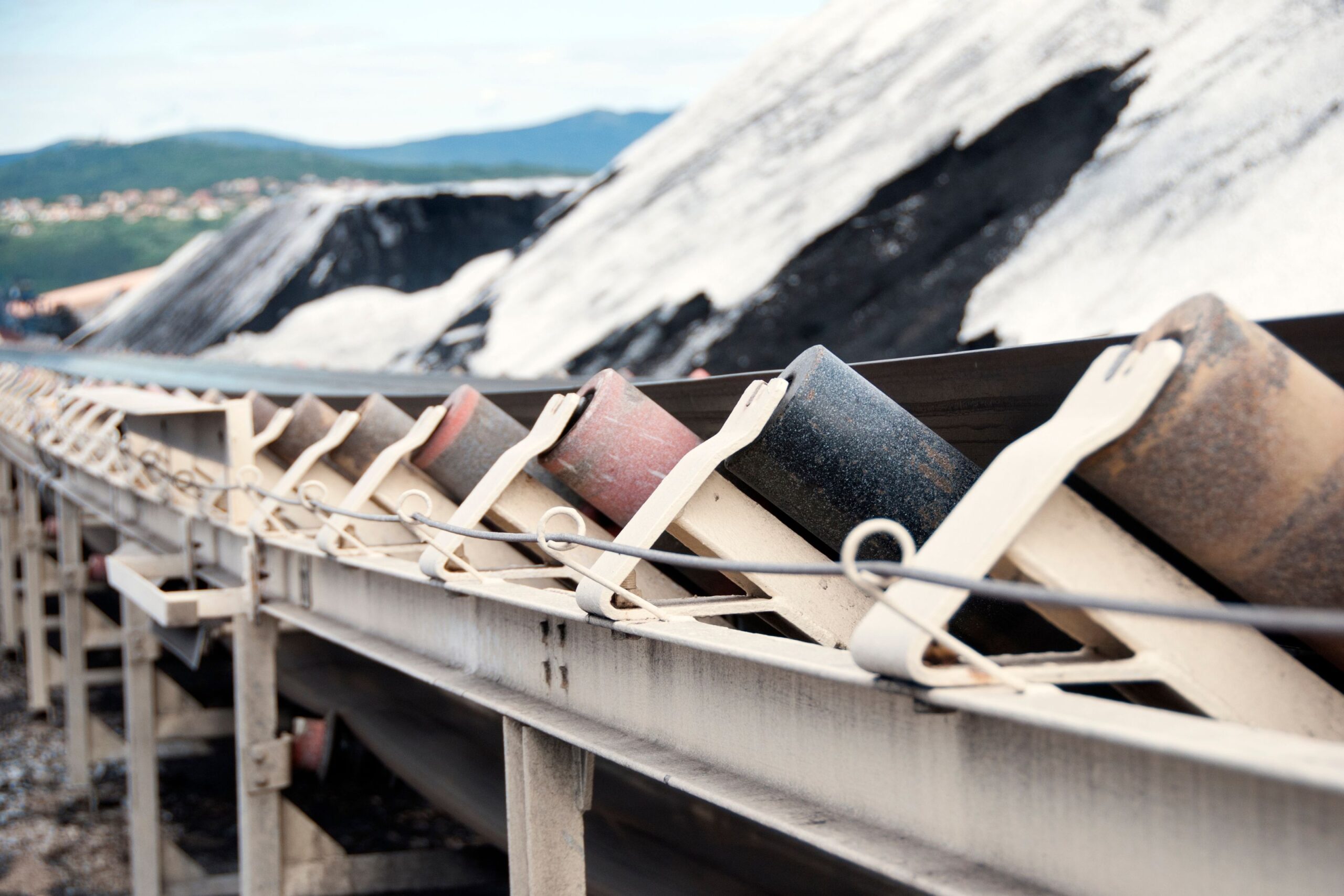Introduction
Conveyor belts have been a cornerstone of industrial operations for over a century. From their humble beginnings to the advanced systems we see today, conveyor belts have evolved significantly to meet the growing demands of various industries. These systems have played a crucial role in manufacturing, mining, logistics, and countless other sectors by improving efficiency, reducing labor requirements, and ensuring the smooth movement of materials. This blog explores the journey of conveyor belt technology, highlighting key innovations and future trends that continue to shape this essential industrial component.
Early Innovations
The concept of conveyor belts dates back to the late 19th century when they were first used for transporting bulk materials in industries such as mining and agriculture. The earliest conveyor belts were made from leather and canvas, offering a basic yet effective solution for material handling. These belts relied on manual operation or rudimentary mechanical power systems, such as waterwheels and hand cranks.
The introduction of steam power in the late 1800s marked a significant leap forward in conveyor belt technology. Steam engines provided a more consistent and powerful source of energy, enabling longer and heavier conveyor belts to operate efficiently. During this time, belt conveyors began to appear in large-scale industries, particularly in mining, where they played a critical role in transporting coal and ores over long distances with minimal human intervention.
Modern Advancements
The 20th century ushered in several transformative changes in conveyor belt technology. The introduction of rubber conveyor belts in the early 1900s was a game-changer. Unlike their leather and canvas predecessors, rubber belts offered greater durability, flexibility, and resistance to wear and tear. This innovation allowed belt conveyors to be used in more demanding environments, including heavy industries such as automotive manufacturing and food processing.
The post-World War II era saw the rise of synthetic materials, such as nylon and polyester, which further enhanced conveyor belt performance. These materials provided superior strength, increased load-carrying capacity, and improved resistance to harsh conditions, including extreme temperatures and chemical exposure. As a result, conveyor belts became an essential component of automated production lines, revolutionizing industries like packaging, pharmaceuticals, and airport baggage handling.
Technological Breakthroughs
In recent decades, rubber conveyor belts have undergone a digital transformation, incorporating automation, smart sensors, and IoT (Internet of Things) capabilities. These advancements have significantly increased efficiency, reduced downtime, and improved overall system performance.
- Advanced Rubber Compounds & Durability: Modern rubber conveyor belts are now made with reinforced synthetic materials, heat-resistant coatings, and flame-retardant compounds to extend their lifespan and enhance performance in extreme industrial conditions.
- IoT & Real-Time Monitoring: Smart rubber conveyor belts are embedded with sensors that collect real-time data on belt wear, temperature, and potential failures. This predictive maintenance approach helps prevent unexpected breakdowns and reduces repair costs.
- Heat & Chemical Resistant Rubber Belts: Industries such as mining, cement production, and chemical processing require conveyor belts that can withstand extreme heat and harsh chemicals. New rubber formulations now offer better resistance, ensuring longer-lasting performance in demanding applications.
- Energy-Efficient Systems: Rubber conveyor belts equipped with low-friction coatings and regenerative braking technology help reduce energy consumption while maintaining high throughput efficiency.
Future Trends
As industries continue to evolve, so does conveyor belt technology. Researchers and engineers are exploring innovative solutions to enhance efficiency, sustainability, and safety in material handling systems.
- Eco-Friendly Rubber Conveyor Belts: With a growing emphasis on sustainability, manufacturers are exploring biodegradable and recycled rubber materials for conveyor belts to reduce environmental impact.
- AI & Machine Learning Integration: The future of rubber conveyor belts may include AI-driven predictive analytics, allowing systems to adapt to changing loads, optimize routes, and improve efficiency autonomously.
- Lightweight & High-Strength Rubber Belts: The development of ultra-lightweight yet highly durable rubber belts can enhance energy efficiency while maintaining load-bearing strength.
Conclusion
The evolution of conveyor belt technology is a testament to human ingenuity and the relentless pursuit of efficiency. What started as a simple leather belt has transformed into a sophisticated, automated system that supports some of the world’s most critical industries. With ongoing advancements in rubber conveyor belts, industries can expect increased durability, reduced maintenance, and enhanced sustainability. As innovation continues to drive progress, conveyor belts will remain an integral part of industrial operations, ensuring seamless material handling and supply chain management for generations to come.


